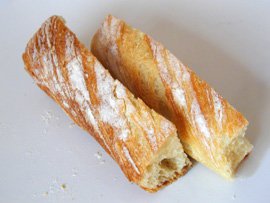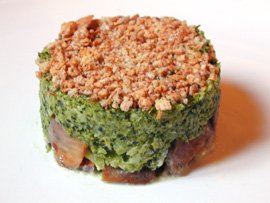
[Back from the market]
Saturday mornings are always something of a dilemma for me, or actually a trilemma, which I thought wasn’t an actual word until I looked it up. I can either sleep in, go to the pool for a swim, or go to the Batignolles market — each of the three activities fulfilling an equally important need. It is the third option that won the competition last Saturday morning, and I set out in the glorious morning sun, with my faithful Trader Joe’s tote bag and my dreams of strawberries.
A couple of hours later I returned, a little out of breath from lugging my purchases up the stairs, but happy to unload them onto the counter, admire my bounty… and realize just how much stuff I had bought. I tend to get a little carried away at the market and often buy, um, a tad more than we really need, turning the next few days into a frantic eat-it-while-it’s-fresh vegetable bonanza. There are worse dietary compulsions I’m sure.
So without further ado, I give you…
– Two betteraves cuites au feu de bois — beetroots roasted over woodfire. I like to buy beetroot that way, it saves me the trouble of cooking it myself (I tried it once and still have nightmares about the never-ending bleeding), and the woodfire gives it a pleasant smoky flavor that you wouldn’t get through regular oven-roasting (unless yours is a woodfire oven, but I’m not so lucky).
– A bunch of young carrots. I asked to keep the stalks and leaves so I can add them to the vegetable stock I will make one day with the vegetable paring I stash away in the freezer (yeah, right).
– A bouquet of borage (bourrache in French), not having the faintest idea what to do with it but thinking it looked pretty in a weird, otherworldly way. The salesgirl suggested I sprinkle some of the flowers on a salad, or use it to make herbal tea. “Ah bah oui, c’est sudorifère la bourrache!“, interjected the somewhat scruffy guy who was waiting behind me. (“Yes, borage is a sudorific!”) Um. Thank you. Most helpful.
I haven’t yet done anything with my borage because well, neither the flowers nor the leaves taste like much of anything, and the stalks are stingy and unpleasant to the touch. I have put the bouquet in a small vase though, and I am quite content to just look at it.







